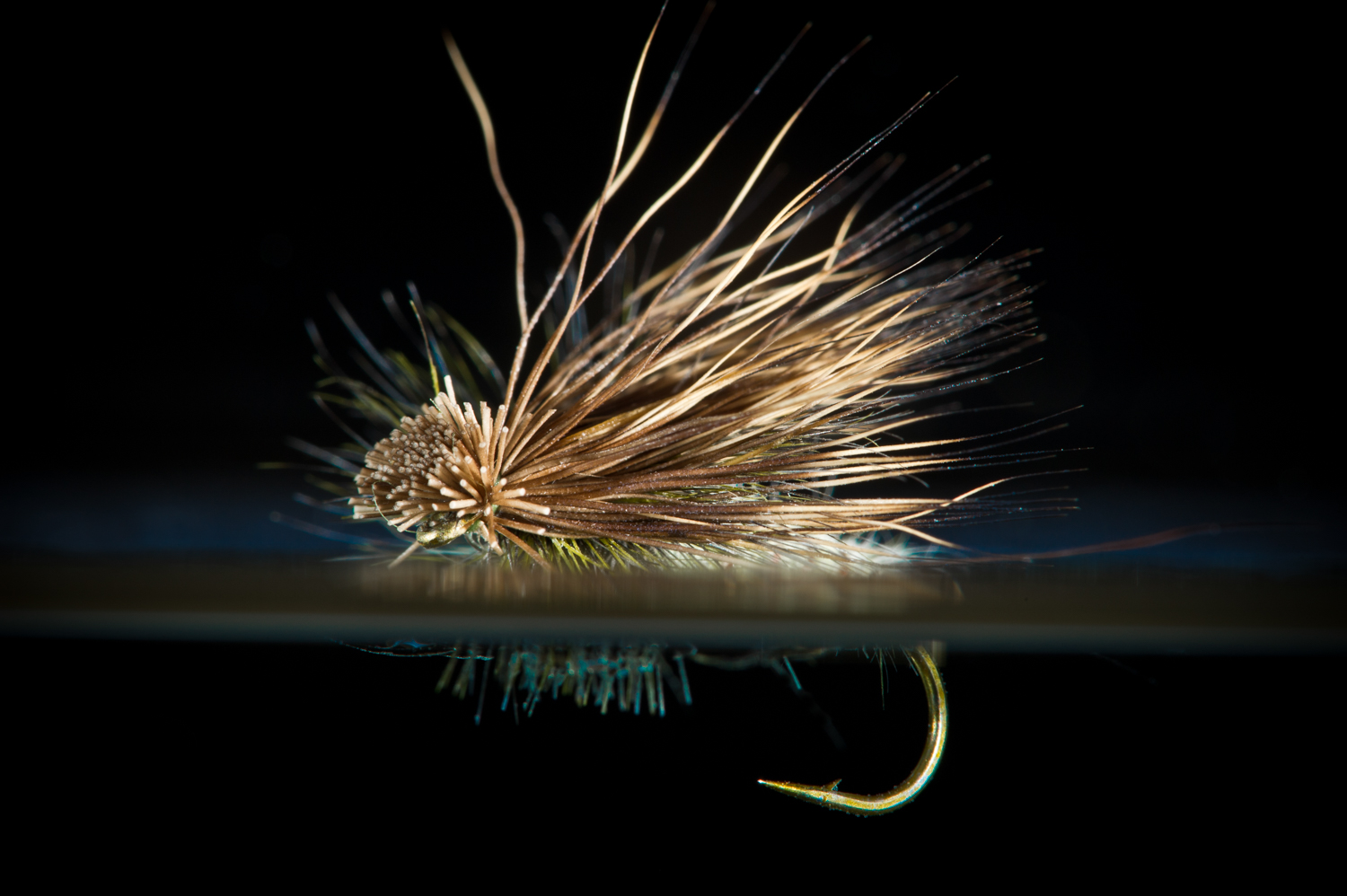Tips to Help You Select, Rig and Fish the Right Fly

Tips to Help You Select, Rig and Fish the Right Fly
Trout mostly eat insects and small fish. For you to catch them, your offerings generally have to resemble the real things.
To zero in on the right fly pattern for the right situation, you need a basic understanding of the different insects and their stages.
The insects trout eat are divided into different classes: mayflies (the oldest winged insects in existence, dating back roughly 370 million years; the wings of an adult look like a sail on a boat); stoneflies (big, meaty staples in many rivers); midges (usually tiny); caddis (moth-like flies that inhabit many rivers nationwide); and terrestrials (land walkers, as the name implies, like grasshoppers and ants).
To figure out what fly to fish, and when, follow these three steps.
Step one is to decide which classes of insect(s) the trout are most likely keyed on. Late summer, clear day, probably a terrestrial. Spring day, cloudy, a good bet for mayflies, or caddis. Early June, high water, you’ll know the stoneflies are moving and hatching. Midges are year-round bugs, but staples in winter, especially in tailwater rivers below dams.
Step two is to divide class by species. Which mayfly species, for example, is hatching now? This all depends on where you are, and the water and weather conditions. There are generalities you can follow. Baetis, for example, typically hatch in spring and fall. Hendricksons and Quill Gordons are classic spring bugs in the East (hence the name, mayflies). Gray Drakes and Hexagenia are big June bugs in Michigan. Green Drakes are July-August (rainy day) insects in Colorado, and so forth. Caddis love springtime (hence the Mother’s Day caddis hatch), and the big stonefly hatches (like those on Rock Creek and the Big Hole in Montana) happen in June. Any simple hatch chart will give you a general idea of what hatches where and when, and for the most part, all they’re good for are generalized guidelines. Seeing what’s on the water with your own eyes is always the best place to start.
Step three is division by insect stage. Insects live their life in stages. Once an insect hatches from its egg, it lives as a nymph in the river. The nymphal stage is the caterpillar to the butterfly, for all intents and purposes. The vast majority of an insect’s total lifespan is spent as a nymph. There are always nymphs in the river, every season, in all conditions. Moreover, when fish are feeding on dry flies, you can and should always assume they are eating nymphs as well. The emerger is the insect transitioning from nymphal form to adulthood, ascending to the river surface to sprout its wings and fly away. The dun is the recently emerged adult, drying its wings on the surface before it can fly away. This is the most vulnerable insect stage. Trout love it. Anglers love it. Fishing the dun is classic dry fly fishing. The adults will fly around, mate and do nothing else, as they don’t have mouths and are unable to eat. This takes only a day or two. The adults mate, the females lay their eggs, they die, and the whole cycle starts over.
Take three steps–pinpoint the type of insect, species and stage–and you take the mystery and guesswork out of bug selection.
.svg)








